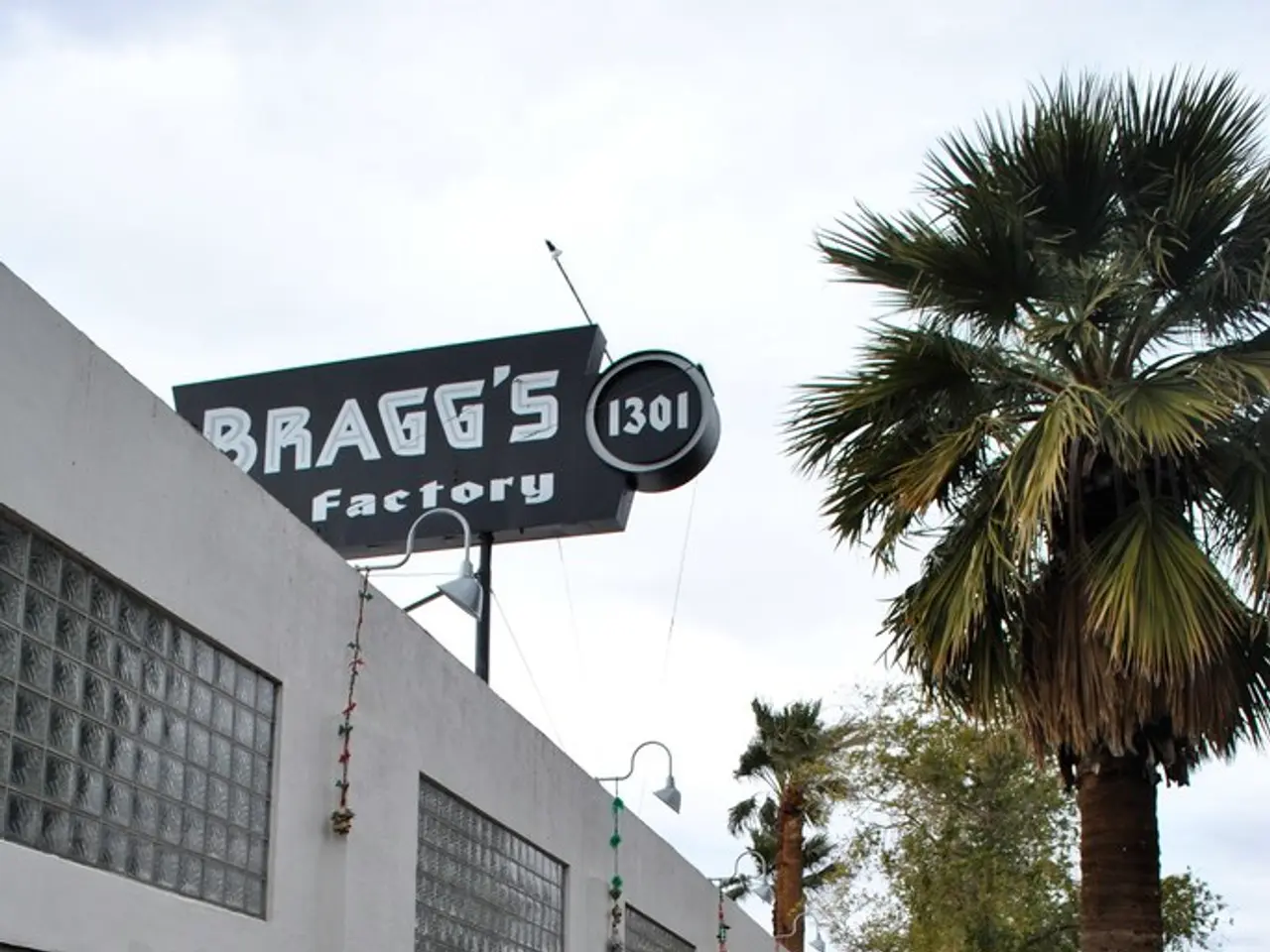Jungheinrich adjusts profit expectations, considers workforce reductions - Jungheinrich to Implement Job Reductions
In a bid to maintain global competitiveness, German forklift and warehouse equipment manufacturer Jungheinrich has announced a €100 million cost-cutting program, which includes job reductions and relocations [1][2]. The decision comes in response to persistent market weakness and increased competitive pressures, particularly within the core German market.
## Driving Forces Behind the Restructuring
The European and German forklift markets have shown signs of weakening, leading to lower-than-expected demand for Jungheinrich's products. The industry is also experiencing heightened competition, putting pressure on margins and necessitating operational efficiency improvements [1][2].
Jungheinrich's 2025 financial guidance has been significantly revised, with reductions in expected order intake, revenue, and EBIT. The company now expects order intake of €5.3–5.9 billion (previously higher), and adjusted EBIT (excluding restructuring costs) of €370–440 million, compared to previous guidance of €430–500 million and consensus expectations of €448 million [1][2].
## Program Details
The cost-saving program, which involves both personnel and location changes, will see two-thirds of the €90 million in one-off restructuring charges expected in Q3 2025 and the remainder in Q4 [1][2]. Jungheinrich has also indicated that it may revise its forecast again if it reaches a binding agreement to sell its Russian subsidiary, adding another potential variable to its financial outlook [1][2].
## Impact on Jungheinrich
The cost-cutting measures are likely due to economic challenges and changes in market conditions, including increased competition from Chinese manufacturers. The company declined to provide details on which locations will be affected by the cost savings, citing ongoing discussions with employee representatives [1][2].
Jungheinrich had approximately 21,000 employees at the end of 2024. The forklift and logistics equipment market is putting pressure on Jungheinrich, with customers increasingly requesting more affordable entry-level machines and equipment from Chinese competitors.
## Summary
Jungheinrich's cost-cutting and job reduction plans are a direct response to deteriorating market conditions, persistent competitive pressures, and the need to realign its cost structure with reduced revenue expectations [1][2]. The program is intended to safeguard the company’s competitive position and financial stability in a challenging environment.
References: [1] Reuters. (2025, April 15). Jungheinrich to cut 1,000 jobs, slash costs as it battles market weakness. Retrieved from https://www.reuters.com/business/autos-transportation/jungheinrich-cut-1000-jobs-slash-costs-battles-market-weakness-2025-04-15/
[2] Financial Times. (2025, April 15). Jungheinrich unveils cost-cutting plans to counter market weakness. Retrieved from https://www.ft.com/content/a10b3a7b-d98e-4778-b791-31c528f860e3
The cost-cutting program at Jungheinrich includes reviewing various policies, such as community policy and employment policy, as a means to reduce expenses and improve operational efficiency. The financial challenges faced by Jungheinrich in the forklift and logistics equipment market have been exacerbated by increased competition from Chinese manufacturers, necessitating such measures.




